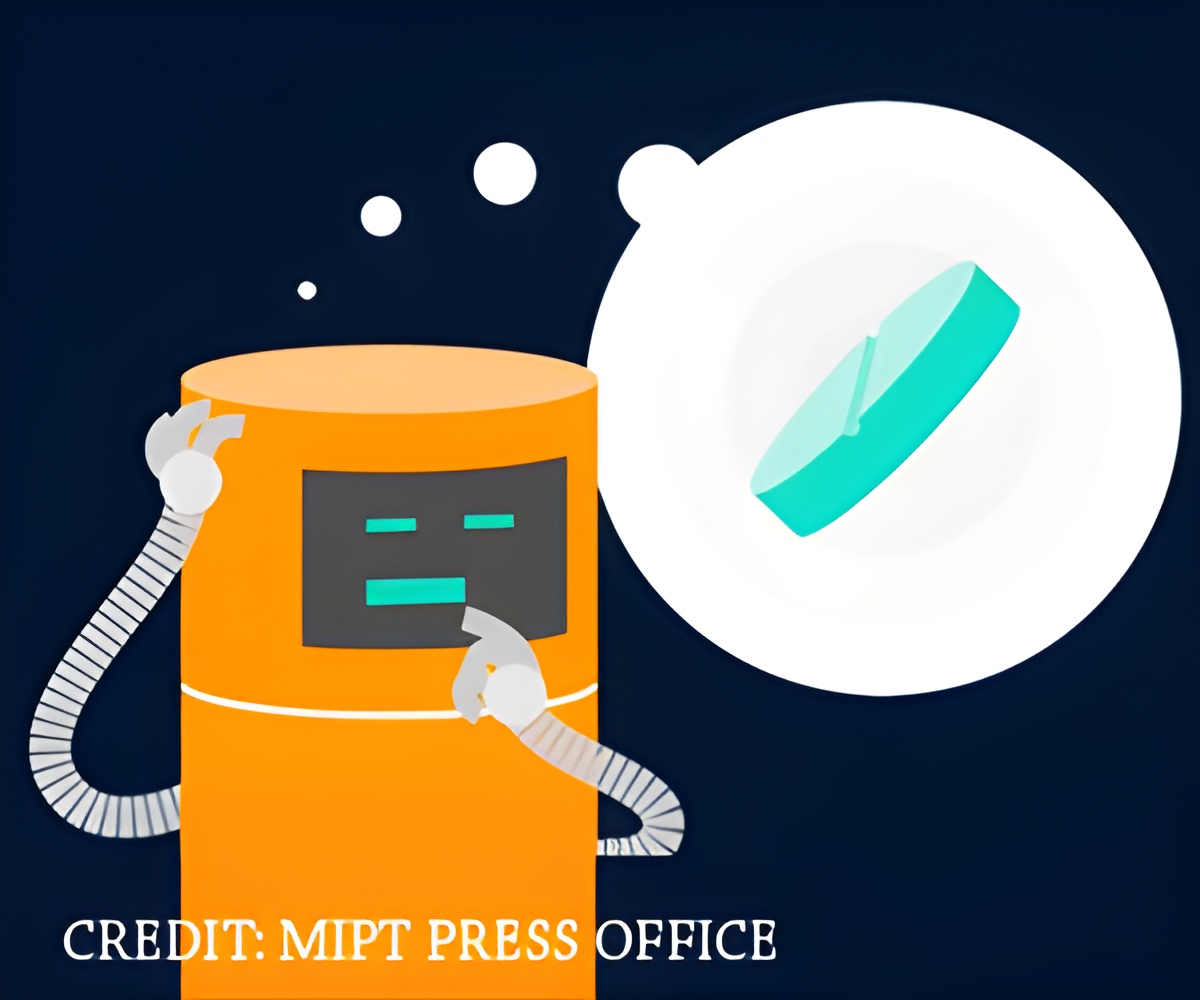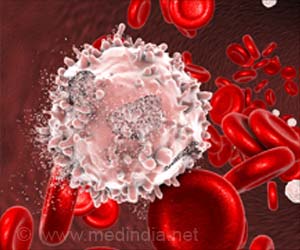The average cost of orally administered cancer drugs have risen six times more than those introduced in 2000, even after the prices were adjusted for inflation.

‘New orally administered cancer drugs have become more expensive after their initial year on the market than other drugs launched 15 years ago.’





Cancer patients often prefer oral drugs for the treatment of cancer due to lesser side effects than standard chemotherapy. A total of 32 new orally administered cancer drugs have been introduced from the year 2000 to 2014.
The research team made a comparison between new cancer drugs introduced between 2000 and 2010, and those that were introduced after 2010, to identify the constantly changing costs.
In the year 2000, the average launch price of a new oral cancer treatment came in at around $1,869 per month. From 2014, the cancer drugs cost spiked to an $11,325 a month.
A drug called imatinib or Gleevec cost $3,346 when it was launched in 2001. The price has suddenly skyrocketed to $8,479 in 2014 marking a 7.5 percent average annual increase.
Advertisement
The study’s lead author Stacie Dusetzina expressed deep concern for those who are gradually being pushed into a position where they simply cannot afford the therapies they desperately need.
Advertisement
“The major trend here is that these products are just getting more expensive over time.”
Source-Medindia















